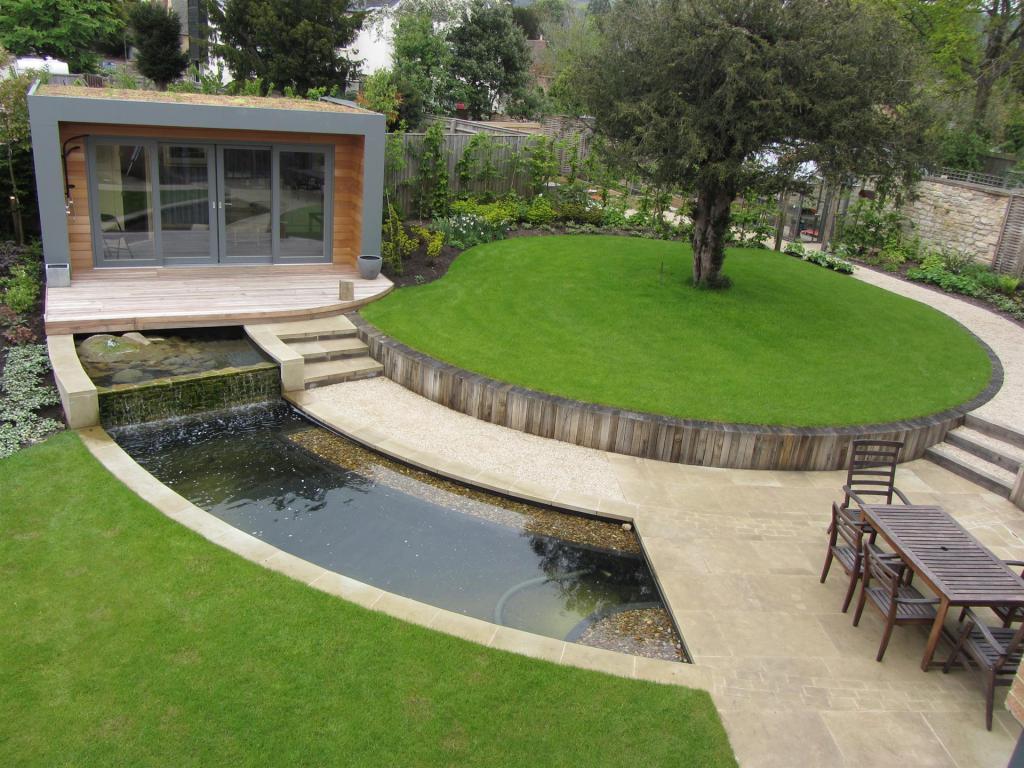The widespread relocation to cities and apartment buildings left in the past the concept of a personal plot so popular earlier. Now it is rather a luxury. Middle-income people living in their own homes remained mostly on the periphery. In million-plus cities, private houses are becoming less and less, but the craving for their piece of land is apparently laid by nature, and therefore people continue to go to summer cottages and buy country houses.
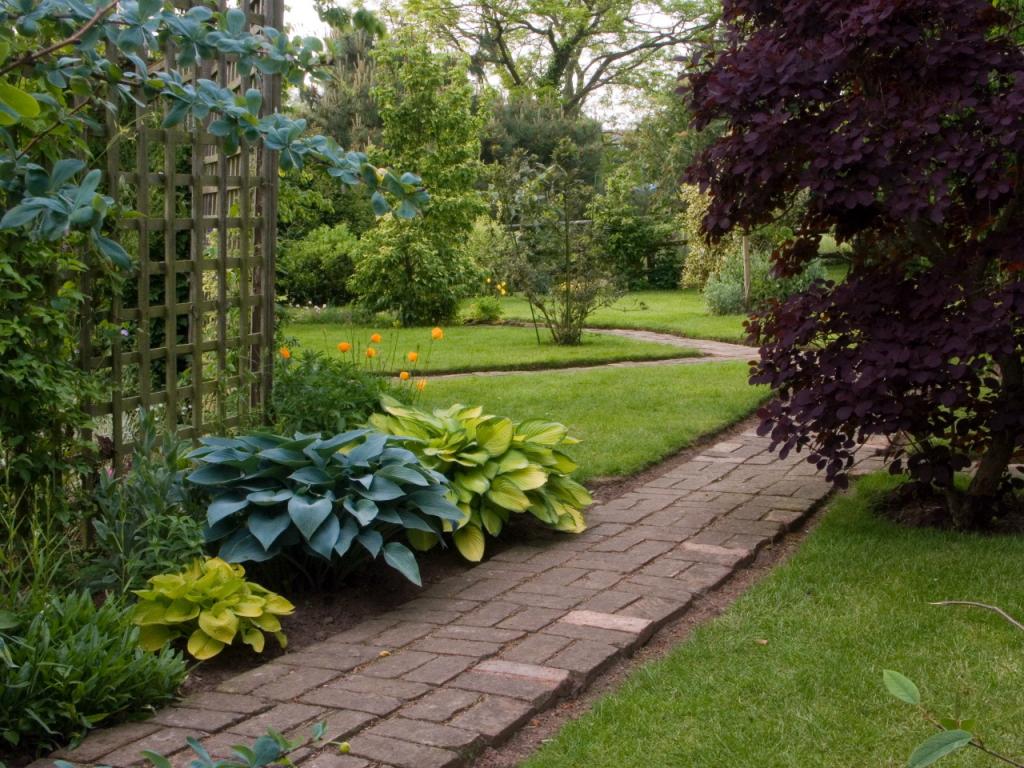
The concept of a personal plot is more of a legal nature, refers to the form of ownership. Land is provided for individual use on a free basis for an unlimited period with the goal of building individual housing construction or maintaining a private household.
In simple words, a household plot is a territory on which there is a household dwelling (house, manor) that has borders or a fence with neighboring plots.
Personal plot design
A personal plot is actually the face of your home, so you need to carefully approach this moment. Improvement can be entrusted to a professional, or you can independently realize your idea. However, the plan should be correctly drawn up taking into account the natural (relief, soil) features of the site, its size and even the climatic features of your latitude. After drawing up the plan, try not to retreat from it.
Fence
You need to start with the fence: what it will be, from what materials. It is important to consider two factors: the general style of the house and financial opportunities. Usually preference is given to durable materials: brick, concrete, natural stone or metal. It is worth remembering that too high fences visually narrow the site.
Paths
It’s more difficult to create paths, since more factors intersect here: the general concept of the garden and style, the direction and shape of the paths, and materials. The relief and paths should be connected: if there is a slight slope, then the path should be bent, be smooth and have a slope. The choice of material should be related to the overall design.
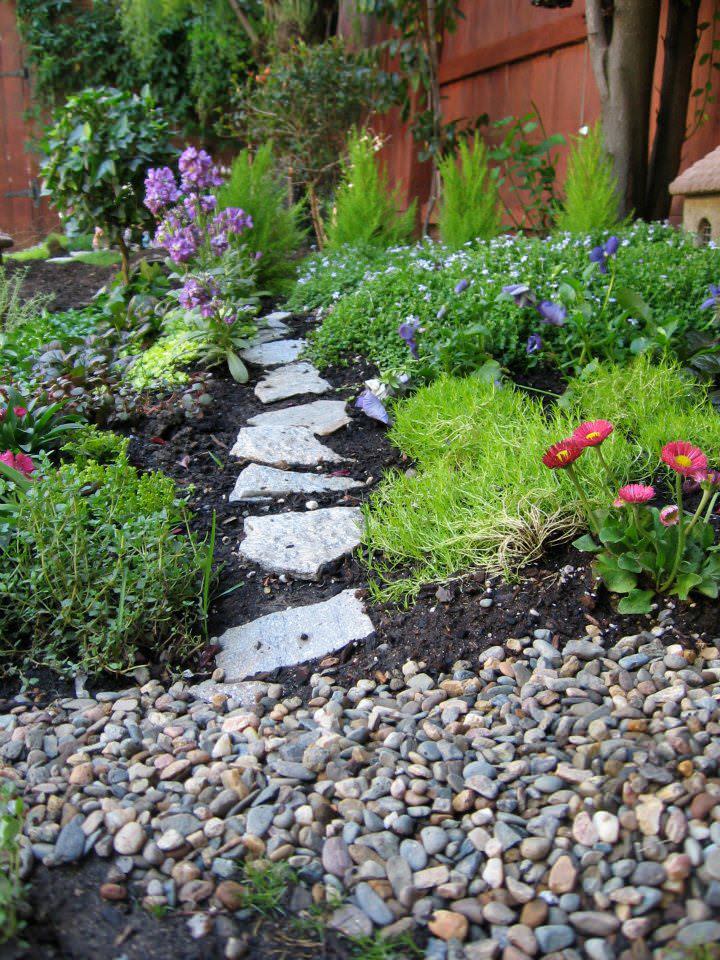
Dirt tracks are the easiest and cheapest option. You need to remove the top layer of turf (about 10 cm) and tamp the ground. Gravel - similarly removed the top layer of the earth, the bottom is covered with sand and gravel. For wooden paths, you need to prepare chopped trunks and then carefully lay in a layer of sand. Paths can be made of concrete tile or cast concrete. Some like grassy paths.
Landscaping
At the planning stage, you need to decide which trees, shrubs will grow on the site. If the gardener of you is not the best and have little free time, it is better to opt for unpretentious conifers or some fruit trees.
At the planning stage, you need to decide on the question of growing seedlings in the infield: whether to leave room for it or not.
It is usually recommended to sow all the free space with grass if it is not intended to grow anything. In this case, there are many advantages: the lawn grass is soft, with a dense cover that does not allow dirt to break out.
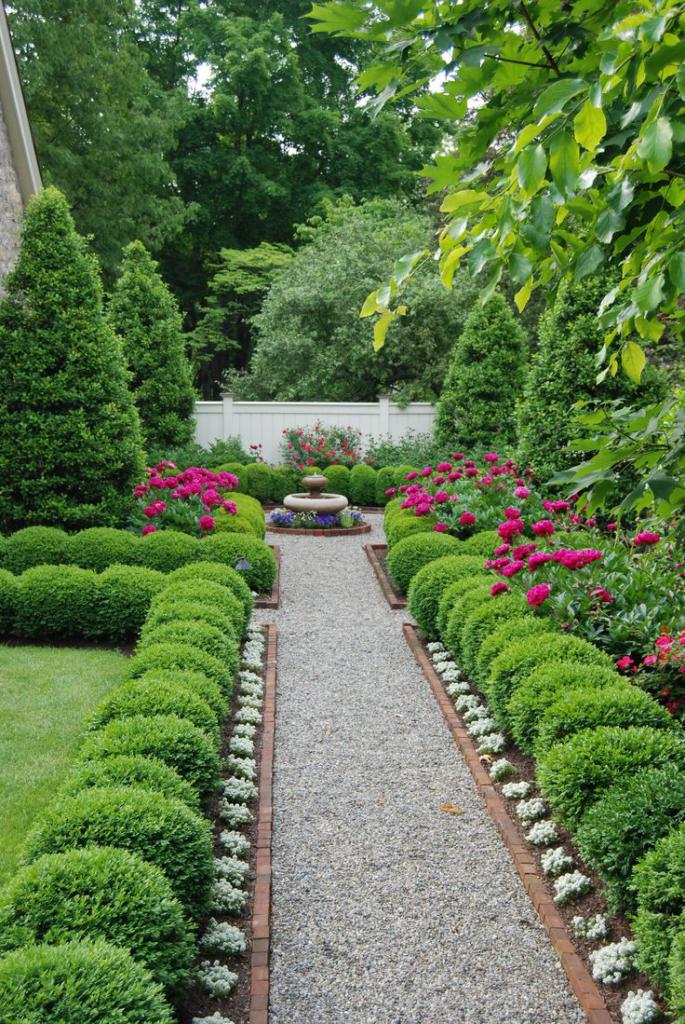
Small shrubs or unusual trees that are planted along paths or recreation areas on a personal plot look interesting. This attracts the attention of guests.
Decoration
Many landowners love to show off their zest. It can be an alpine hill, an artificial pond or unusual flower beds.In the past few years, this list has expanded: a dry stone stream, a variety of bridges, luminous boulders scattered randomly around the territory of the infield. It looks pretty impressive. Do not forget about evening lighting: in the dark, lanterns create a sense of magic.
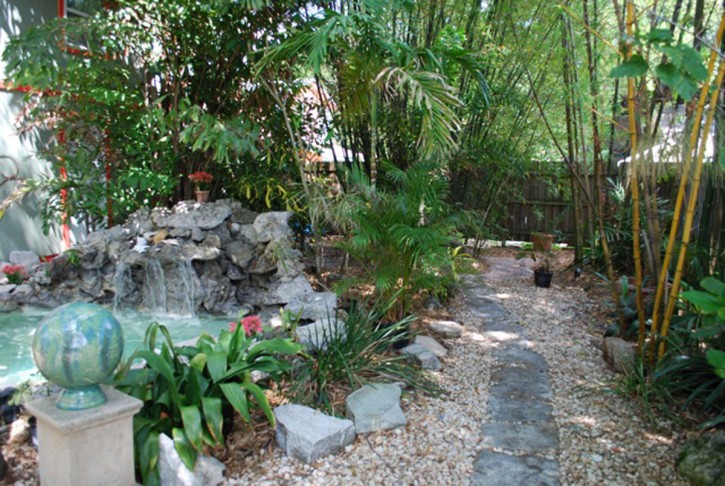
However, no photos of the infield do not convey all the beauty of landscape design.
